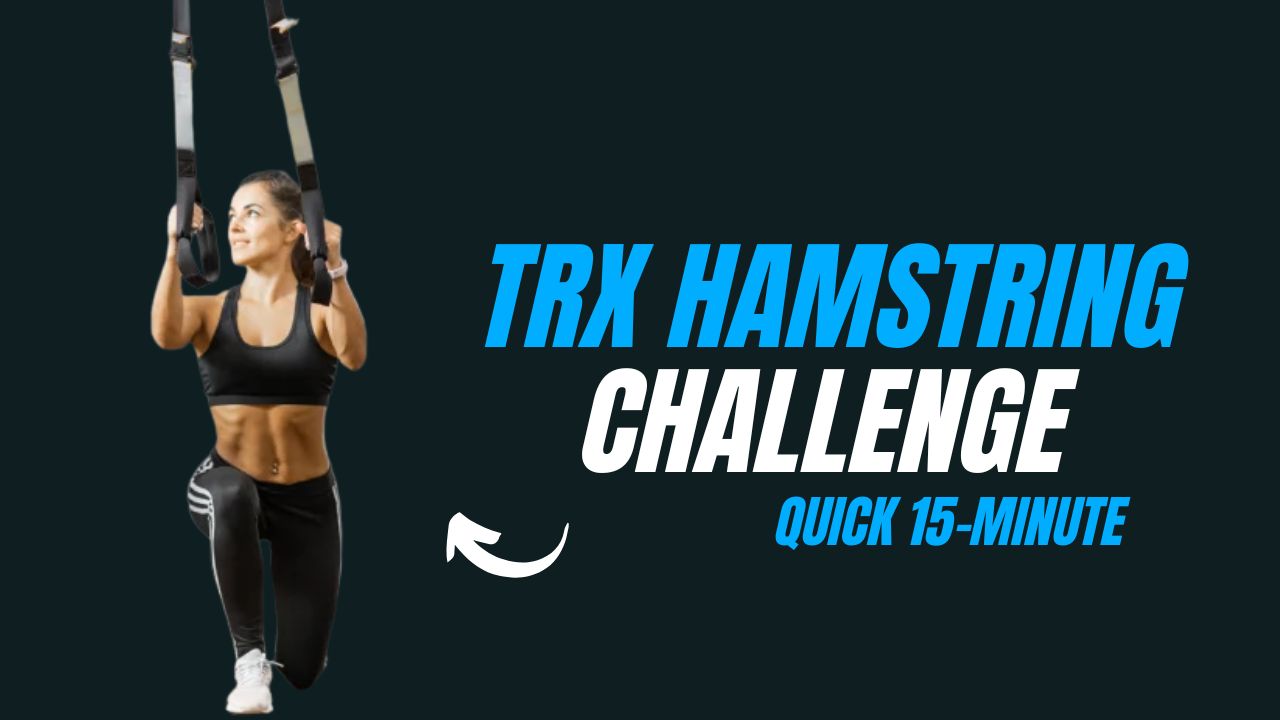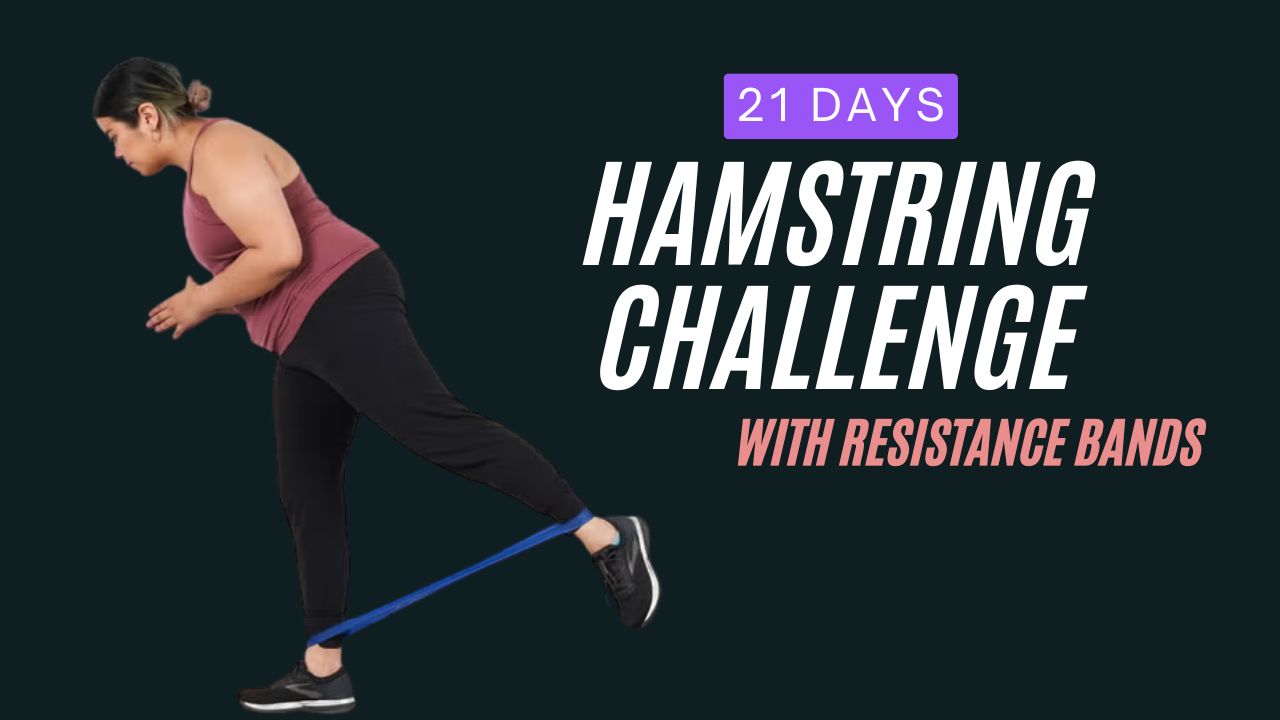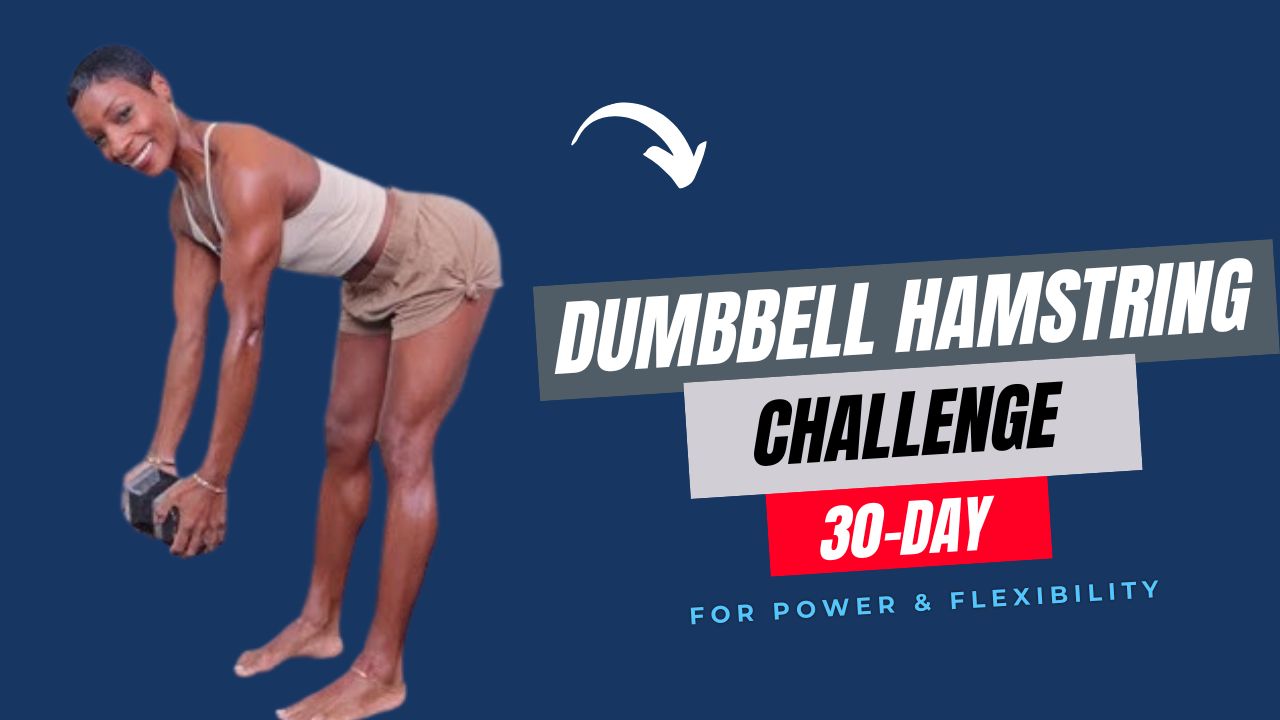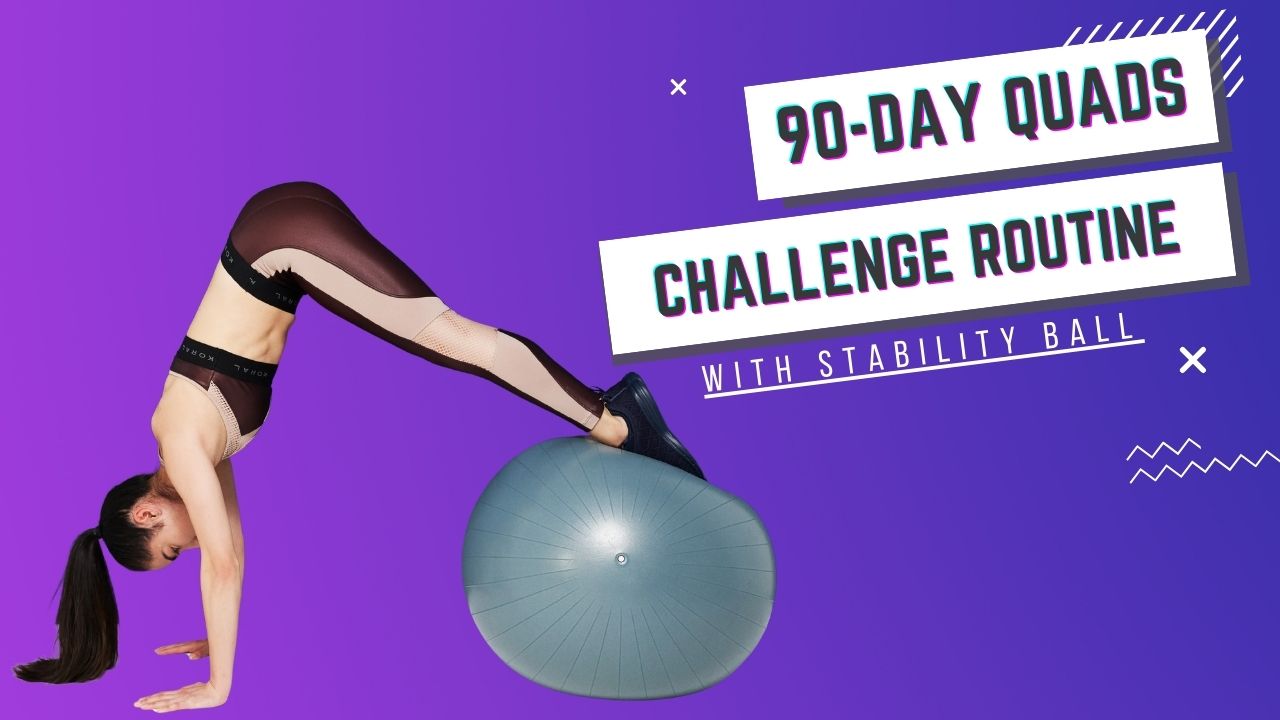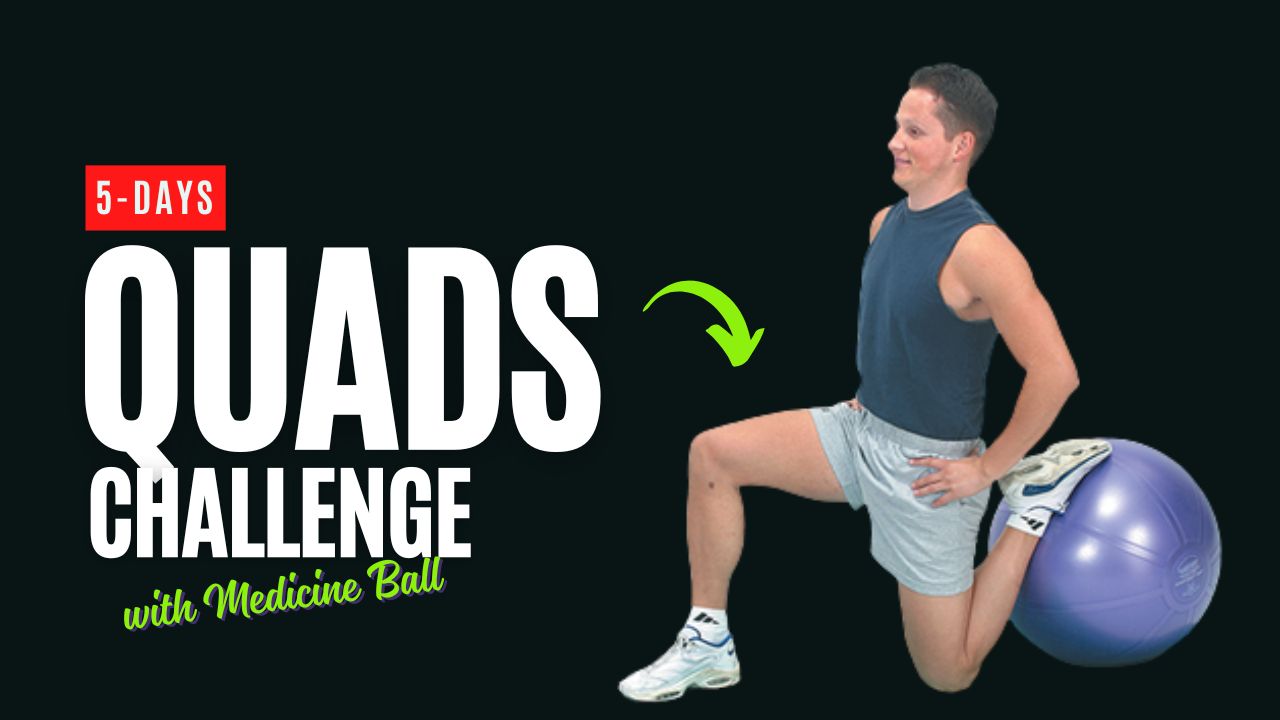Do you know that tight hamstrings can be the hidden culprit behind lower back pain, poor posture, and even reduced athletic performance?
Many people focus on quad strengthening or core workouts, forgetting that flexible and strong hamstrings are essential for overall leg function. Stretching and strengthening your hamstrings can improve mobility, reduce injury risk, and enhance athletic movements like sprinting, jumping, and squatting.
This 3-day hamstring challenge is designed to help you improve flexibility, mobility, and strength—all with just a yoga mat.
You don’t need any equipment, and it’s suitable for beginners and intermediate exercisers alike. By the end of these three days, you’ll notice an increased range of motion and reduced tension in your legs.
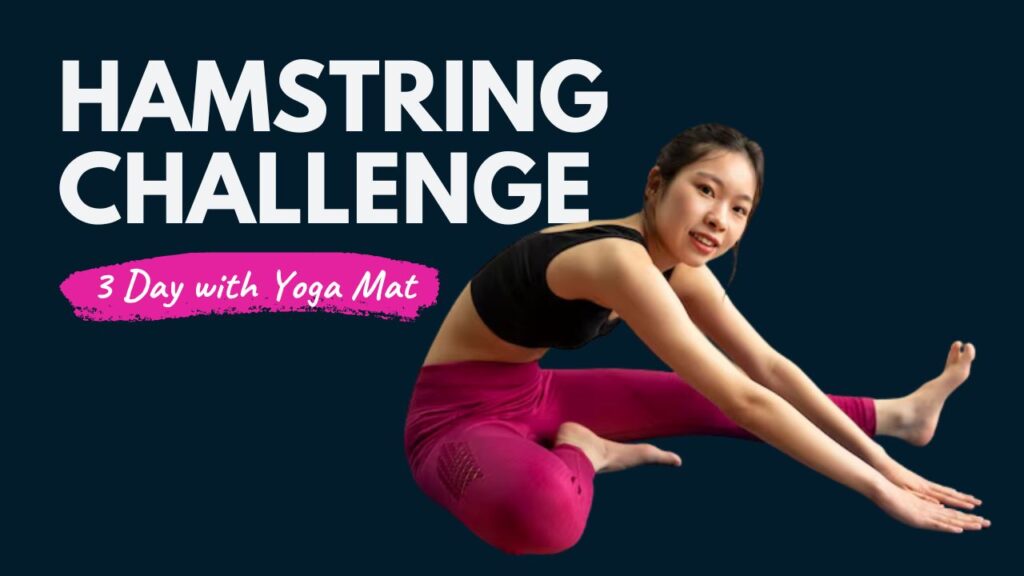
Table of Contents
What Can Happen After 30 Days of This Exercise
| Benefit | Description |
|---|---|
| Improved Hamstring Flexibility | Increased range of motion in the legs and hips for easier movement. |
| Reduced Lower Back Pain | Looser hamstrings relieve tension on the lower back and improve posture. |
| Enhanced Athletic Performance | Stronger and more flexible hamstrings improve running, jumping, and squatting efficiency. |
| Better Posture | Stretching tight hamstrings helps align the pelvis and spine. |
| Decreased Risk of Injury | Strengthened and flexible hamstrings reduce the chance of strains and pulls. |
| Increased Blood Circulation | Regular stretching improves blood flow to leg muscles for faster recovery. |
| Improved Core Stability | Many hamstring exercises also engage glutes and core muscles. |
| Mental Relaxation | Stretching and controlled breathing reduce stress and promote relaxation. |
| Balanced Muscle Strength | Combines flexibility and strength to prevent muscle imbalances. |
| Greater Mobility in Daily Activities | Easier bending, reaching, and movement in everyday life tasks. |
Do’s and Don’ts for the 3-Day Hamstring Challenge
| Do’s | Don’ts |
|---|---|
| Warm up for 3-5 minutes before starting the exercises | Skip warm-ups and start stretching cold muscles |
| Keep a slight bend in your knees during forward folds to protect joints | Lock your knees fully during stretches |
| Use a yoga strap or towel for assistance if needed | Force your leg into a stretch beyond comfort |
| Focus on controlled, slow movements for each exercise | Perform fast, jerky motions while stretching |
| Breathe deeply and consistently throughout each stretch | Hold your breath during stretches or exercises |
| Repeat the routine consistently for long-term results | Do the routine sporadically without a schedule |
| Listen to your body and adjust exercises if needed | Ignore pain or discomfort during exercises |
| Incorporate both static and dynamic stretches | Only do static stretches or only dynamic movements |
| Track progress by measuring flexibility or range of motion | Expect instant results without tracking or patience |
Why Hamstring Mobility Matters
Hamstrings are not just for leg aesthetics—they are crucial for your daily movements. Tight hamstrings can:
- Contribute to lower back pain
- Limit hip mobility
- Increase the risk of hamstring strains during physical activities
- Reduce stride length and efficiency when running
Many people assume that hamstring stretches alone are enough. However, combining mobility, dynamic stretching, and strengthening exercises can make a significant difference in flexibility and functional movement.
Day 1: Dynamic Hamstring Activation
1. Standing Forward Fold with Reach
Description: This exercise lengthens the hamstrings while activating the lower back and calves.
How to:
- Stand with feet hip-width apart.
- Slowly hinge at your hips, keeping a slight bend in your knees.
- Reach towards your toes or the floor, letting your head hang naturally.
- Hold for 15-20 seconds, then slowly rise back up.
Tip: Do not lock your knees; maintain a micro-bend to protect joints.
2. Hamstring Scoops
Description: A gentle dynamic movement that “warms up” the hamstrings.
How to:
- Sit on the floor with legs extended.
- Flex your feet and reach your hands toward your toes.
- Scoop your hands along the shin without forcing the stretch.
- Repeat 10 times per leg.
3. Lying Hamstring Stretch with Yoga Strap
Description: Enhances flexibility and lengthens tight hamstrings.
How to:
- Lie on your back and loop a yoga strap around your right foot.
- Keep the left leg bent with the foot flat on the floor.
- Slowly extend the right leg upwards, keeping your foot flexed.
- Hold for 20-30 seconds, then switch legs.
Interesting Fact: Many people have one hamstring tighter than the other due to daily posture habits or leg dominance in sports.
4. Glute Bridge with Hamstring Engagement
Description: Strengthens hamstrings and glutes simultaneously.
How to:
- Lie on your back, knees bent, feet flat on the floor.
- Lift your hips while squeezing the glutes.
- Hold for 2-3 seconds at the top, then lower slowly.
- Perform 12-15 repetitions.
Do you know? Strong glutes help reduce hamstring strain during running and jumping.
Day 2: Mobility and Strength Integration
1. Seated Forward Fold with Side Stretch
Description: Combines hamstring stretch with side body mobility.
How to:
- Sit with legs extended.
- Hinge forward at your hips, reaching toward your toes.
- Stretch your right arm along the right leg, left arm along the left leg.
- Hold 15 seconds per side.
2. Single-Leg Romanian Deadlift (Bodyweight)
Description: Builds hamstring strength while improving balance.
How to:
- Stand tall, feet hip-width apart.
- Shift weight onto your left leg, keeping a slight knee bend.
- Hinge at the hips, extending the right leg back and reaching toward the floor.
- Return to start. Repeat 10-12 times per leg.
3. Supine Hamstring March
Description: Activates hamstrings and improves core stability.
How to:
- Lie on your back with knees bent, feet flat.
- Lift hips slightly off the floor.
- Alternate lifting one knee towards your chest, keeping hips level.
- Perform 12 repetitions per leg.
4. Downward Dog Split
Description: Dynamic stretch targeting hamstrings, calves, and shoulders.
How to:
- Start in a downward dog position, hands and feet on the mat.
- Lift your right leg toward the ceiling.
- Hold 5-10 seconds, switch legs.
- Repeat 3 times per leg.
Myth Buster: Many believe downward dog is only for upper body stretching; it’s equally effective for hamstring lengthening.
Day 3: Deep Stretch and Recovery
1. Reclined Hand-to-Big-Toe Pose
Description: Deep hamstring stretch that also promotes joint mobility.
How to:
- Lie on your back with a yoga strap around your foot.
- Extend one leg toward the ceiling, keeping the other bent.
- Gently pull your leg closer using the strap.
- Hold for 30 seconds, switch legs.
2. Butterfly with Forward Fold
Description: Opens hips and stretches hamstrings simultaneously.
How to:
- Sit with soles of feet together, knees bent outward.
- Hinge forward at hips, keeping spine long.
- Reach hands toward your feet, hold for 20-30 seconds.
3. Hamstring Walkouts
Description: Strengthens hamstrings while maintaining mobility.
How to:
- Start in a bridge position with hips lifted.
- Slowly walk feet away from your glutes, keeping hips lifted.
- Walk back to start. Repeat 8-10 times.
4. Supine Twist with Hamstring Release
Description: Combines spinal rotation with hamstring lengthening.
How to:
- Lie on your back, bring your right knee toward your chest.
- Gently twist it across your body toward the left.
- Extend your left leg straight on the mat.
- Hold for 15-20 seconds, switch sides.
Interesting Fact: Twisting motions can indirectly stretch hamstrings by relieving lower back tightness.
3-Day Hamstring Challenge Routine
| Day | Exercise | Sets & Reps / Hold Time |
|---|---|---|
| 1 | Standing Forward Fold | 3 sets, 15-20 sec hold |
| 1 | Hamstring Scoops | 3 sets, 10 reps per leg |
| 1 | Lying Hamstring Stretch | 2 sets, 20-30 sec per leg |
| 1 | Glute Bridge | 3 sets, 12-15 reps |
| 2 | Seated Forward Fold with Side Stretch | 3 sets, 15 sec per side |
| 2 | Single-Leg Romanian Deadlift | 3 sets, 10-12 reps per leg |
| 2 | Supine Hamstring March | 3 sets, 12 reps per leg |
| 2 | Downward Dog Split | 3 sets, 5-10 sec per leg |
| 3 | Reclined Hand-to-Big-Toe Pose | 2 sets, 30 sec per leg |
| 3 | Butterfly Forward Fold | 2 sets, 20-30 sec hold |
| 3 | Hamstring Walkouts | 3 sets, 8-10 reps |
| 3 | Supine Twist with Hamstring Release | 2 sets, 15-20 sec per side |
Conclusion
Completing this 3-Day Hamstring Challenge is more than just a short-term flexibility boost—it’s a step toward healthier legs, better mobility, and reduced risk of injury.
By consistently practicing these stretches and exercises, you not only lengthen and strengthen your hamstrings but also improve overall posture, athletic performance, and daily movement efficiency.
Do you know? Many people underestimate the importance of balanced hamstring care, focusing only on quads or core. Integrating a dedicated hamstring routine like this can prevent tightness that often leads to lower back pain and hamstring strains.
Challenge Continuation Ideas
To continue seeing progress after these initial three days, you can:
- Increase Hold Times or Reps: Gradually extend stretch duration by 5-10 seconds and add 2-3 reps to strengthening exercises.
- Incorporate Resistance: Add light resistance bands or ankle weights to glute bridges and single-leg deadlifts to further challenge your muscles.
- Mix Dynamic & Static Stretches: Alternate dynamic movements in the morning for mobility and static stretches in the evening for recovery.
- Add Weekly Progressions: Repeat this 3-day routine weekly for 4-6 weeks, then include advanced hamstring variations such as Nordic hamstring curls or deeper yoga poses.
- Track Flexibility Gains: Measure your hamstring flexibility using the sit-and-reach test weekly to track improvements.
Consistency is key—by gradually increasing intensity and holding to this routine over time, you’ll achieve long-lasting mobility, flexibility, and strength that supports not only your workouts but everyday activities as well.
Frequently Asked Questions (FAQs)
Who is this 3-Day Hamstring Challenge suitable for?
This challenge is suitable for beginners, intermediate exercisers, and anyone looking to improve hamstring flexibility and mobility. No equipment is needed other than a yoga mat.
How long will it take to see results?
Many people notice increased flexibility and reduced tightness after 1-2 weeks of consistent practice. For long-term strength and mobility gains, repeat the challenge weekly for 4-6 weeks.
Can I do this challenge if I have a previous hamstring injury?
If you have a recent or severe hamstring injury, consult a healthcare professional before starting. Gentle stretches may be beneficial, but avoid any exercise that causes pain.
How often should I repeat this 3-day challenge?
You can repeat the challenge weekly or alternate with other leg and core workouts. Consistency is key to improving hamstring flexibility and strength.
Do I need to warm up before starting the exercises?
Yes. A 3-5 minute light warm-up, such as marching in place, gentle leg swings, or walking, can help prepare your muscles and prevent strain.
Can I combine this routine with other workouts?
Absolutely. You can integrate it into your full-body workout schedule, but ensure you allow at least a day of rest or lighter activity for recovery.
Are yoga props necessary for this challenge?
No, a yoga mat is sufficient. However, a yoga strap can help deepen stretches and maintain proper form, especially for lying hamstring stretches.
Will this challenge help with lower back pain?
Tight hamstrings often contribute to lower back discomfort. Regularly practicing these stretches can reduce tension, improve posture, and relieve mild lower back pain.
How can I track my progress?
You can measure your flexibility using the sit-and-reach test or notice improvements in daily movements like bending, walking, and squatting.
Can I modify exercises if they feel too challenging?
Yes. For example, bend your knees slightly during forward folds or use a yoga strap to assist stretches. Gradually, as flexibility improves, you can progress to full positions.





